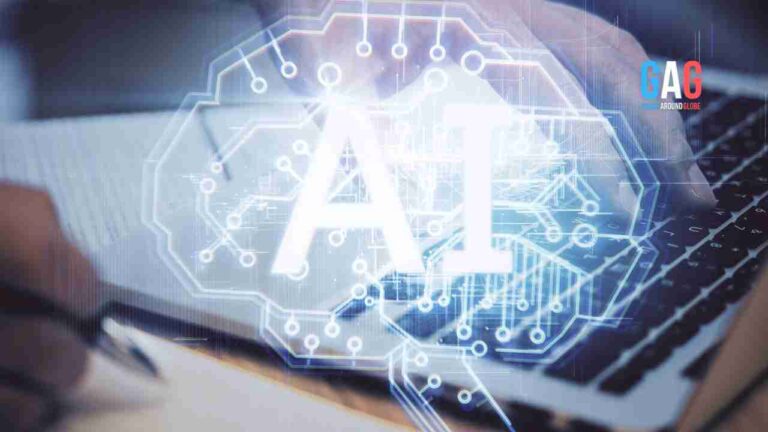Cryptocurrencies such as Bitcoin are widely accepted and used around the world. The virtual coin has arrived in full force. We see coins everywhere when using digital private money, even if we don’t work in a bank or government. Bitcoin (BTC) is a virtual currency that has significantly impacted the world. Also, Bitcoin’s value has skyrocketed in the last few years. Visit at: (https://bitcoinaussiesystem.app)
The previous three months have been spectacular for the coin, which has been on the market for 13 years. Coin creator S Nakamoto is responsible for bringing it to market. Even though it was constructed at a low cost, it has already surpassed the $70,000 mark. However, coins’ rise and fall are a recurring phenomenon due to volatility problems.
Definitions at a Basic Level
Encryption: Encrypted data can only be deciphered if decrypted with an appropriate password or code. In cryptography, ciphering fulfills a similar function. It is based on a blockchain technology which is completely encrypted and secured.
Cryptocurrency: Like physical money, cryptocurrency is a medium of exchange but a digital one. It is a digital asset that can be treated as currency. But, it is not available in a physical form.
Wallet: In order to store and transmit digital cash, there are a variety of “crypto wallets.” The Bitcoin Era app makes it easy for users to invest in the most popular cryptocurrencies on the market today.
Blockchain: It is possible to construct an open, decentralized public ledger using blockchain.
Instead of relying on a single authority to authenticate a database, the blockchain relies on a broad community of people. These people are known as miners, and they can validate such transactions with crypto by adding a new block to the bitcoin blockchain.
Nodes: The computers that make up the blockchain network are referred to as ‘Nodes.’ Their job is to keep track of real-time transactions and make them available to the general public as soon as they’re completed. Nodes receive a copy of each new block when added to the leading ledger.
Privet Key: Two entities must conduct a transaction: a wallet (basically an address) and a private key. In contrast to public addresses, private keys must be kept confidential. Unlike a public key, private keys cannot be shared with anyone else.
Bitcoin’s Basic Components
Here, we’ll go over the four fundamental components of bitcoin. To better grasp the bitcoin blockchain, these four factors are necessary.
We’re going to group all of the things we’ve seen so far into a single SCENE. Although a block comprises a hash and complex cryptography environment, this is just one side of the coin. There’s more to the Bitcoin blockchain than meets the eye.
A Bitcoin transaction is shown in the following image, which includes all of the necessary components.
1. Softwares
2. Cryptography
3. Hardware
4. The miners (Gaming Theory)
Software is the initial component
In another way, Bitcoin is a piece of software that defines what and how a bitcoin works. It outlines the rules of a genuine bitcoin, including who can and cannot participate, what is and isn’t allowed, and what is and isn’t valid. Regardless of the time, the bitcoin program is always running.
Cryptography is the second component
The software employs cryptography and bitcoin as a form of cash at its foundation. Bitcoin’s cryptography controls the generation of new bitcoin units and the transfer of bitcoins between parties. Bitcoin would be impossible to use without the use of cryptography.
The third component is hardware
Cryptography can’t be run and solved without the right equipment. Thousands of miners worldwide are running their computers to power this hardware. As a result, tens of thousands of computers throughout the world are running the Bitcoin software or client.
This hardware was explicitly created to find the Nonce to validate the block and hash. CPU resources are required to perform the essential actions on the bitcoin blockchain. Your machine will be destroyed if you try to mine bitcoin with your smartphone or home computer right now.
Mining is the fourth component (Gaming Theory)
Because bitcoin is a game that these miners administer throughout the world, miners are users that participate in a gaming philosophy. The first component in the above diagram is software for bitcoin that generates a cryptography challenge every 10 minutes. These miners do all of the hashing and validation.
Conclusion:
As bitcoin is a game played by miners throughout the world, miners are individuals who participate in a gaming philosophy. Therefore, in addition to the software that generates a cryptographic challenge every 10 minutes, there are two more components: Finding a Nonce that certifies a block’s hash as valid is part of the cryptography challenge.







